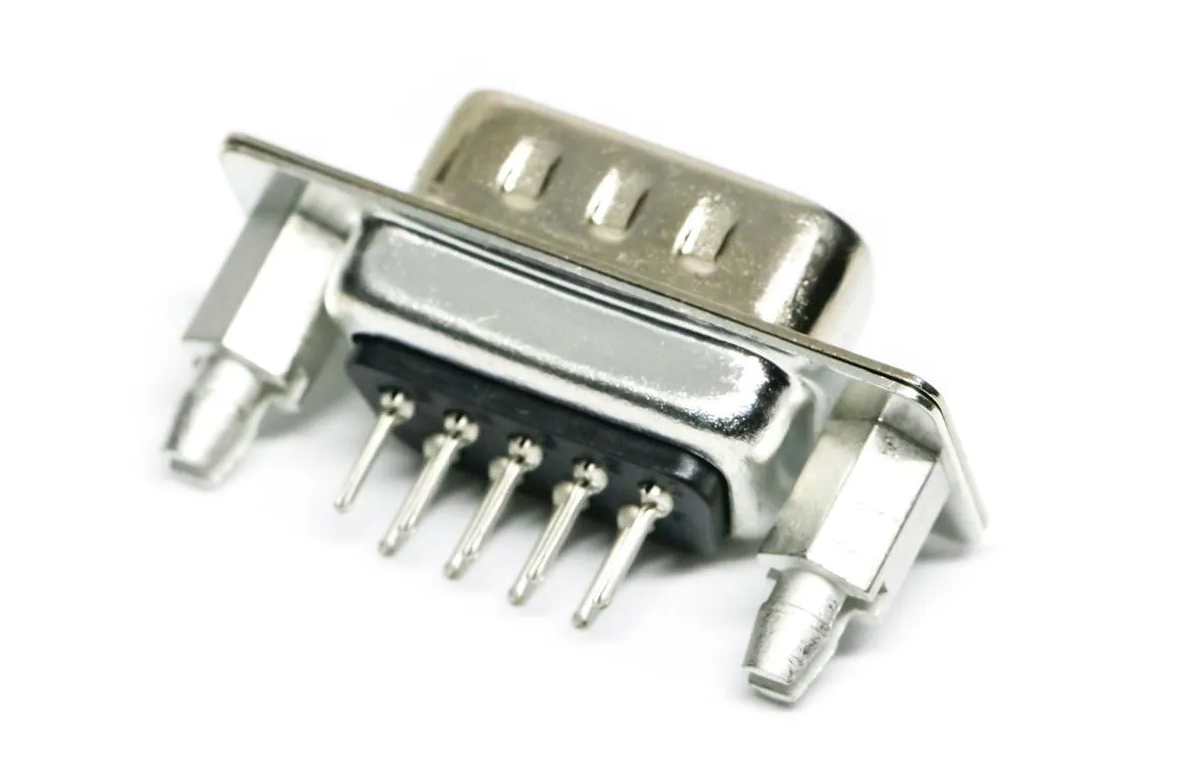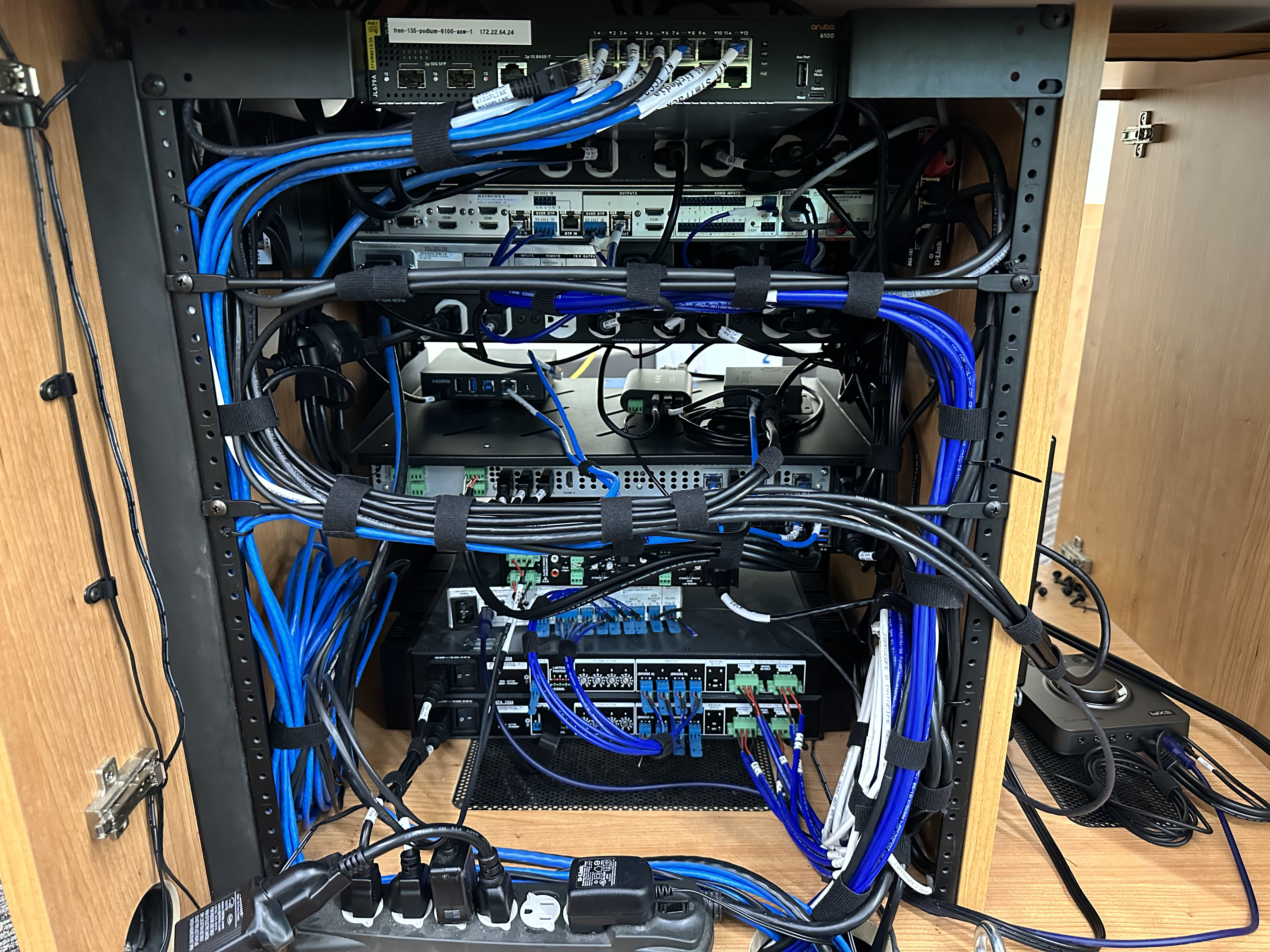DB9- 9PIN

Title: Understanding DB9-9pin Cables: Pin Functions and Historical Overview

Pin Functions:
1. Pin 1 (CD - Carrier Detect): This pin is used to detect the presence of a carrier signal in serial communication. It is commonly used in modem connections.
2. Pin 2 (RXD - Receive Data): This pin receives incoming data from the transmitting device in a serial communication setup.
3. Pin 3 (TXD - Transmit Data): This pin transmits data from the device to the receiving end in a serial communication setup.
4. Pin 4 (DTR - Data Terminal Ready): This pin indicates that the device is ready to establish a connection and exchange data.
5. Pin 5 (GND - Ground): This pin provides a common reference point for electrical signals and ensures proper grounding.
6. Pin 6 (DSR - Data Set Ready): This pin indicates that the device on the other end of the connection is ready to receive data.
7. Pin 7 (RTS - Request to Send): This pin is used to request permission to transmit data to the receiving device.
8. Pin 8 (CTS - Clear to Send): This pin indicates that the receiving device is ready to accept data transmission.
9. Pin 9 (RI - Ring Indicator): This pin is used to indicate an incoming call or signal in modem connections.
Male Connector End


Female Connector End

TRX runs are Pin 2 , Pin 3, and Pin 5 (Use if DB9 is going out TRX to Phoenix Block For Control Purposes.)
Example Below


Applications and Usage:
DB9-9pin cables have found applications in various industries and settings. They have been widely used in computer serial ports, connecting devices such as modems, printers, and serial mice. Additionally, DB9-9pin cables have been utilized in industrial automation, allowing for communication between devices such as programmable logic controllers (PLCs) and human-machine interfaces (HMIs).
Furthermore, DB9-9pin cables have been employed in the audio and video industry, particularly for connecting devices like projectors, monitors, and audio mixers. They have also been used in the gaming industry for connecting joysticks and game controllers to computers.
DB9-9pin cables have been widely used for data communication and connectivity purposes. This article aims to provide a detailed understanding of how these cables work, exploring the functions of each pin and delving into their historical development.
Historical Overview
The DB9-9pin cable, also known as a DE-9 cable, was developed by the ITT Cannon company in the 1950s. It was initially designed for use in the aerospace industry, specifically for connecting computer terminals to mainframe computers. The DB9-9pin connector became popular due to its compact size and versatility, leading to its adoption in various applications beyond aerospace.

Conclusion
DB9-9pin cables have played a significant role in data communication and connectivity for several decades. Understanding the functions of each pin is crucial for establishing proper connections and ensuring seamless data transmission. From their origins in the aerospace industry to their widespread adoption in various applications, DB9-9pin cables have proven to be versatile and reliable. As technology continues to evolve, these cables may be gradually replaced by more advanced connectivity solutions, but their historical significance and impact on data communication cannot be overlooked.